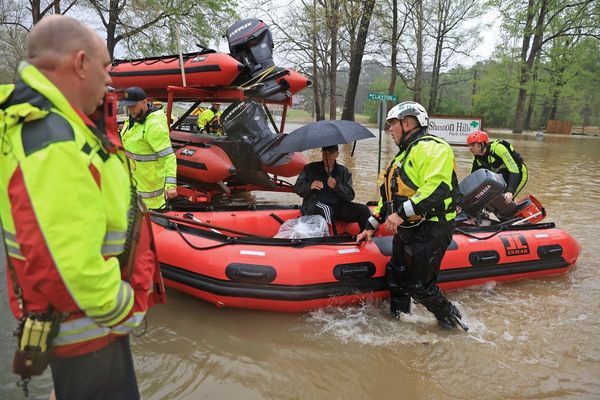EXPLAINER
The story so far: The National Aeronautics and Space Administration (NASA) has announced plans to retire and decommission the International Space Station (ISS) by 2031. The U.S. space agency has detailed its goals for the next decade in the International Space Transition Report as it aims to hand over operations to commercial organisations. NASA has listed an elaborate outline of the plan to decommission the space station. Other international partners that operate the ISS are, however, yet to approve it.
What is the ISS?
The ISS was launched in 1998 as part of joint efforts by the U.S., Russia, Japan, Canada and Europe. The space station was assembled over many years, and it operates in low-earth orbit. Since its inception, the ISS has served as a laboratory suspended in space and has aided multiple scientific and technological developments.
The idea of a space station originated in the 1984 State of the Union address by former U.S. President Ronald Reagan. “A space station will permit quantum leaps in our research in science, communications, and in metals and lifesaving medicines which could be manufactured only in space. We want our friends to help us meet these challenges and share in their benefits. NASA will invite other countries to participate so we can strengthen peace, build prosperity, and expand freedom for all who share our goals,” he had said.
ISS has consistently maintained human presence for the past 21 years, providing astronauts with sophisticated technologies for scientific research.
Why is NASA planning to decommission the ISS?
The ISS was originally built to operate for 15 years. The space station has already surpassed that checkpoint by being active for 21 years, with plans to continue operations till 2030. However, the limitations on the life-cycle of the station are catching up. The ISS goes through 16 rotations of the earth per day, causing extreme temperature changes on the exterior. The side facing the sun can get heated up to 121°C while the temperature on the opposite, darker side can fall to –157°C, causing intense expansion and contraction of the building material. This orbital thermal cycling, coupled with dynamic loading, affects the longevity of the primary structure of the space station. The technical lifetime is also limited by parts like radiators, modules and truss structures that tend to degrade over time.
NASA is planning to transition operations in low-earth orbit to private players and focus energies on its missions to explore the moon and Mars.
What is the procedure to de-orbit the ISS?
NASA plans to remove the ISS from its orbit around the earth and eventually plunge it into the ocean at a point farthest from human civilisation. The space agency will use the dual method of natural orbit decay and a re-entry manoeuvre to bring an end to the ISS as we know it.
According to the plan, the earth’s natural atmospheric drag will be used in lowering the altitude of the ISS while setting up the de-orbit. The space station operators will then provide the final push to it to lower the structure to the maximum possible height and ensure safe re-entry into the earth’s atmosphere, leading it to Point Nemo over the South Pacific Oceanic Uninhabited Area (SPOUA). The exterior of the modules is expected to melt when the debris re-enters the earth’s atmosphere. The exposed internal hardware is also expected to burn or vaporise during the process. It is believed that denser components like the truss sections will survive the re-entry and fall into the SPOUA. Alternative options like disassembly and return to the earth, boost to a higher orbit, and random re-entry were also considered.
The ISS is a huge structure — almost the size of a football field — and it was not designed to be disassembled easily in space. This process would have posed huge logistical and financial challenges. ISS cannot be decommissioned by boosting to a higher orbit because of its large mass and low operational altitude. The station currently operates in low-earth orbit above 400 km in altitude, at a point where it still experiences atmospheric drag and requires re-boosts to continue in its orbit. The station also has a mass of over 4,30,000 kg. Existing propulsion systems do not have the capacity to raise the station’s altitude to a high target and escape low-earth orbit. The random re-entry method was discarded since it carries a huge risk for the human population on the ground.
Are there any environmental hazards associated with the plan?
NASA claims that the debris of the ISS that survives the re-entry will settle on the ocean floor and not cause any substantial long-term impact.
What is the future of space stations?
As the ISS plans to end operations in space, new players are already lining up to replace it. In January 2022, China announced that its space station will be ready for operations this year. Blue Origin, the aerospace company founded by Jeff Bezos, has also announced its plans to build Orbital Reef, a commercially developed, owned, and operated space station in low-earth orbit. Blue Origin is working alongside Sierra Space on the project.







